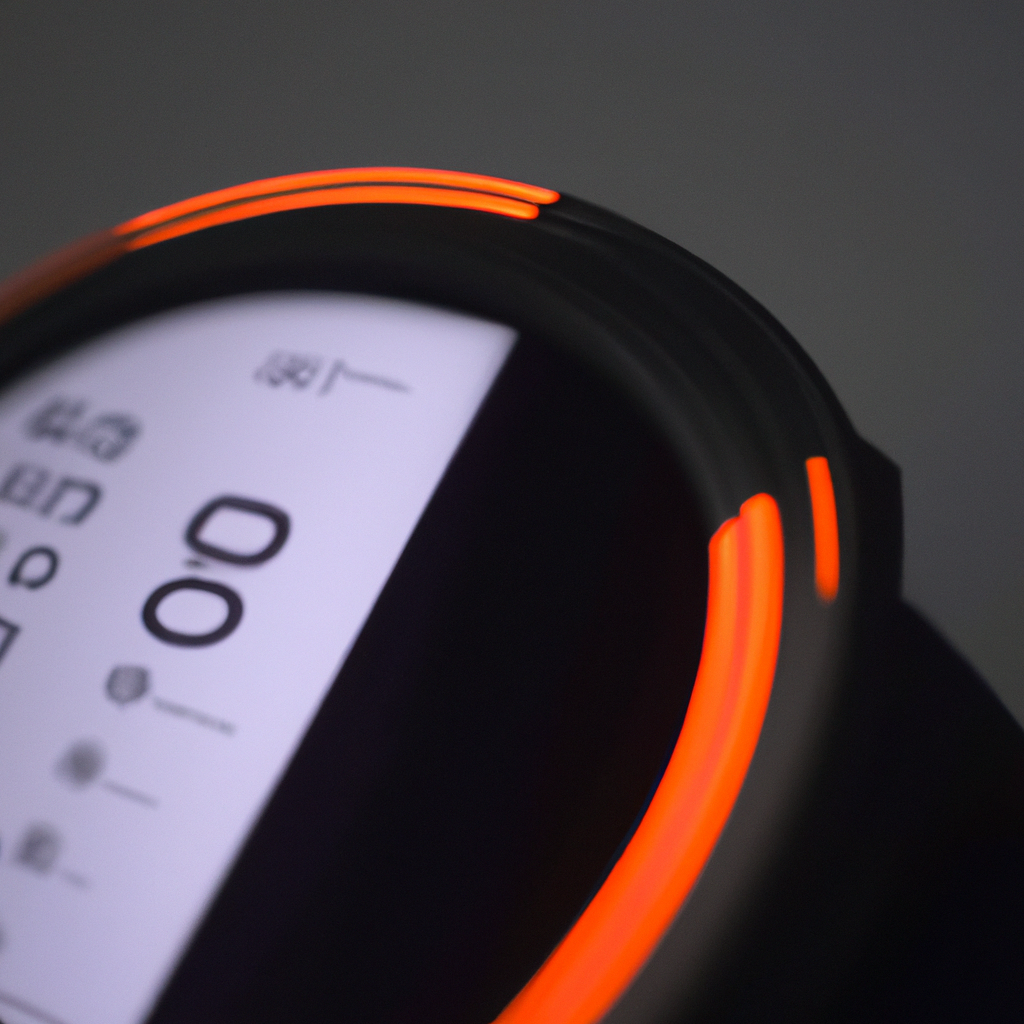A heart rate monitor is a device that tracks and measures the heart rate of an individual. Heart rate monitoring technology has come a long way from its early stages of development, and today, it is widely used by fitness enthusiasts, athletes, and individuals seeking to keep track of their heart rate for health reasons. In this article, we will explore how a heart rate monitor works, the different types of heart rate sensors, and the benefits of using heart rate tracking technology.
How does a heart rate monitor work?
A heart rate monitor works by detecting the electrical signals that are emitted by the heart during each heartbeat. These signals can be picked up by sensors that are placed on the skin and are then transmitted to a device that processes the data and provides a heart rate reading. The technology behind heart rate monitors has evolved in recent years, with many devices now using optical sensors that use light to measure heart rate.
Types of heart rate sensors
There are two main types of heart rate sensors used in heart rate monitors: chest strap sensors and optical sensors.
Chest strap sensors: These sensors consist of a band that is worn around the chest, which contains electrodes that pick up the electrical signals emitted by the heart. The band is connected to a device that processes the data and provides a heart rate reading. Chest strap sensors are known to be highly accurate, but they can be uncomfortable to wear for extended periods.
Optical sensors: These sensors use light to measure heart rate and are commonly found in fitness trackers and other wearable technology devices. The sensor emits light that is absorbed by the skin and blood vessels, and the device measures the changes in light intensity caused by each heartbeat. Optical sensors are less accurate than chest strap sensors but are more comfortable to wear for extended periods.
Benefits of using heart rate monitoring technology
Heart rate monitoring technology has several benefits, including:
Health monitoring: Heart rate monitors can help individuals keep track of their heart rate and detect any irregularities that may indicate an underlying health condition. This can be particularly beneficial for individuals with heart conditions or those who are at risk of developing them.
Exercise tracking: Heart rate monitors can provide individuals with valuable insights into their exercise routines, including how hard their body is working during each workout and how many calories they are burning. This information can help individuals optimize their workouts and achieve their fitness goals more effectively.
Cardio tracking: Heart rate monitors can also be used to track cardiovascular health over time. By monitoring heart rate during exercise or other physical activities, individuals can track improvements in their cardiovascular health and make adjustments to their lifestyle as needed.
In conclusion, heart rate monitoring technology has come a long way in recent years, and it has become an essential tool for individuals seeking to monitor their heart rate for health, fitness, and athletic performance reasons. Whether you are using a chest strap sensor or an optical sensor, heart rate monitors can provide valuable insights into your heart health and help you achieve your fitness goals more effectively.







